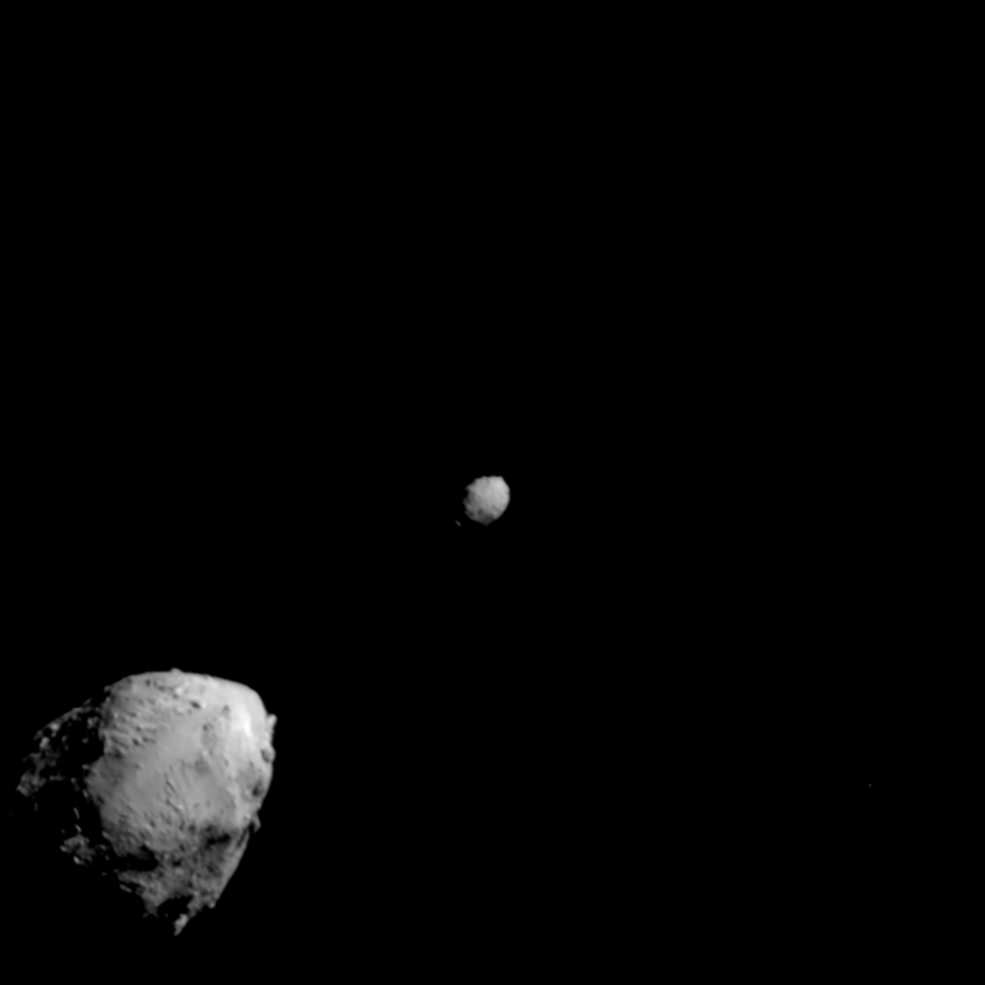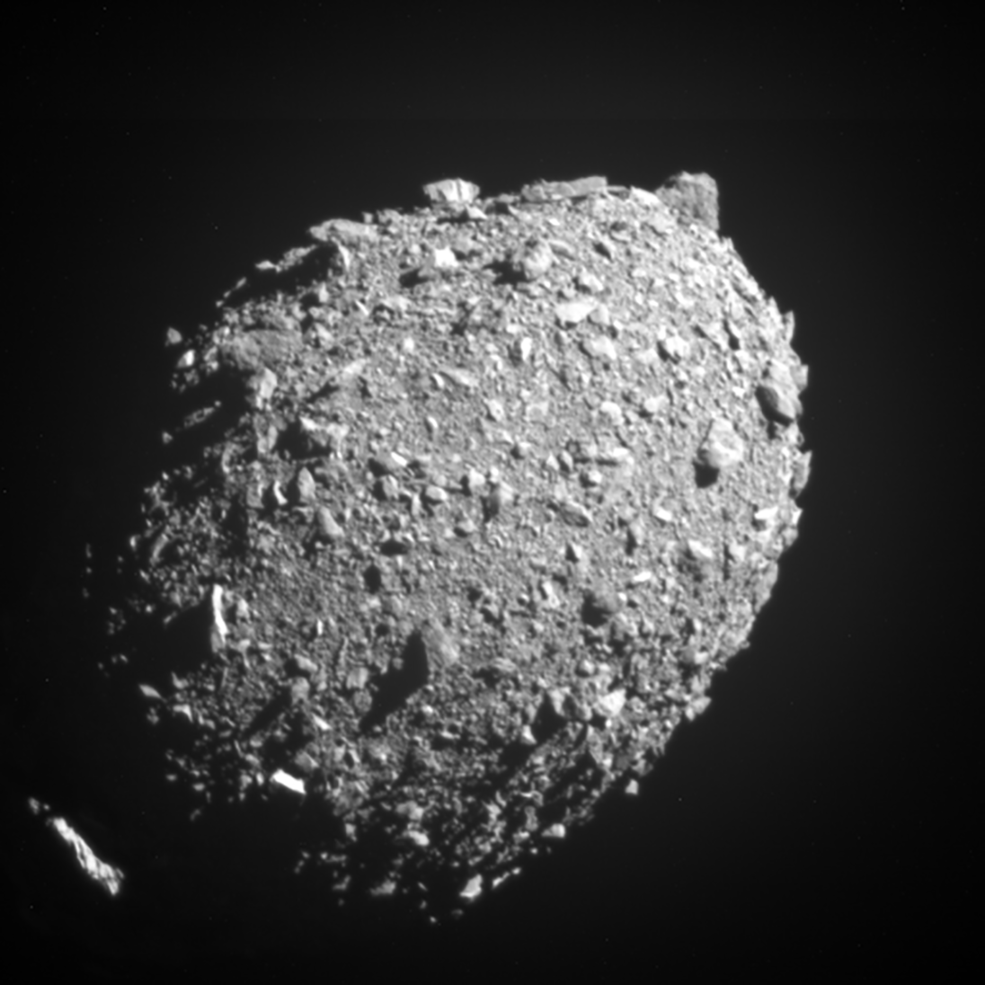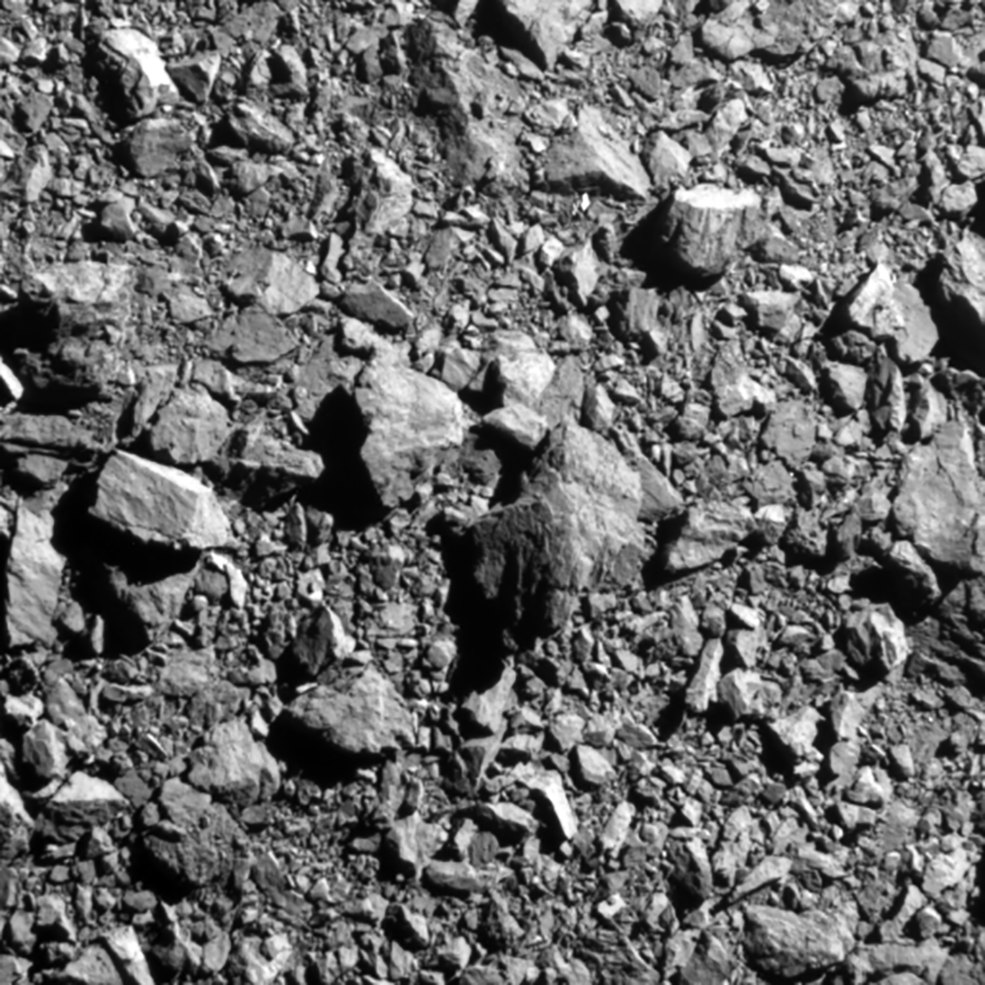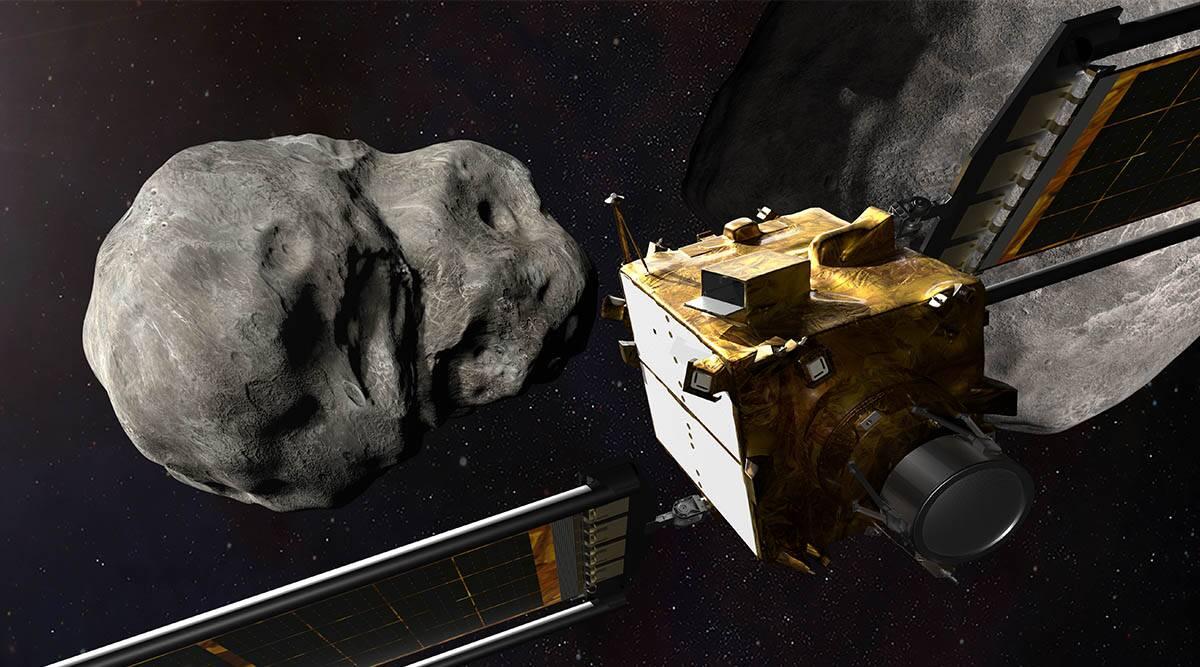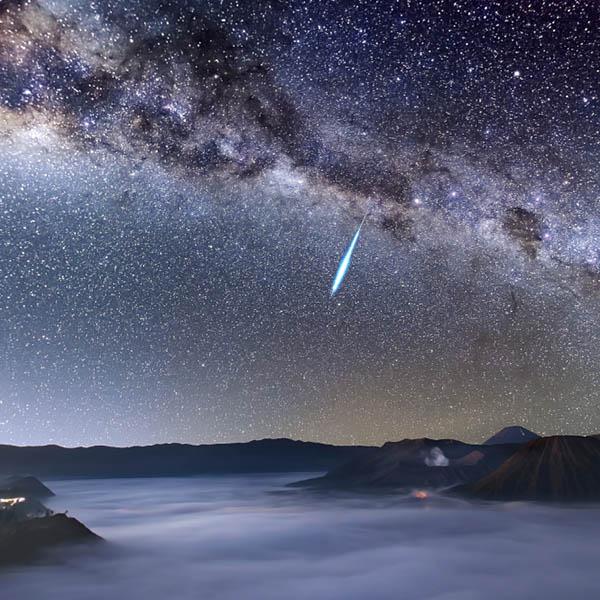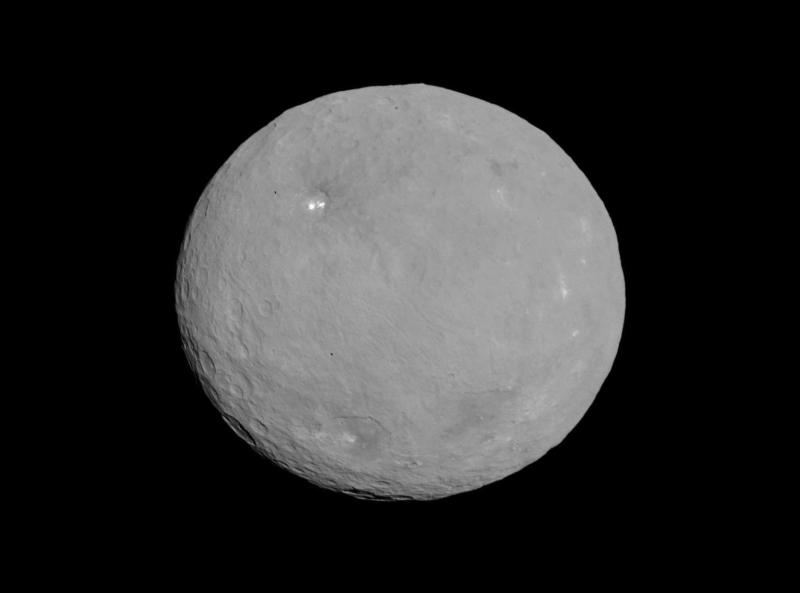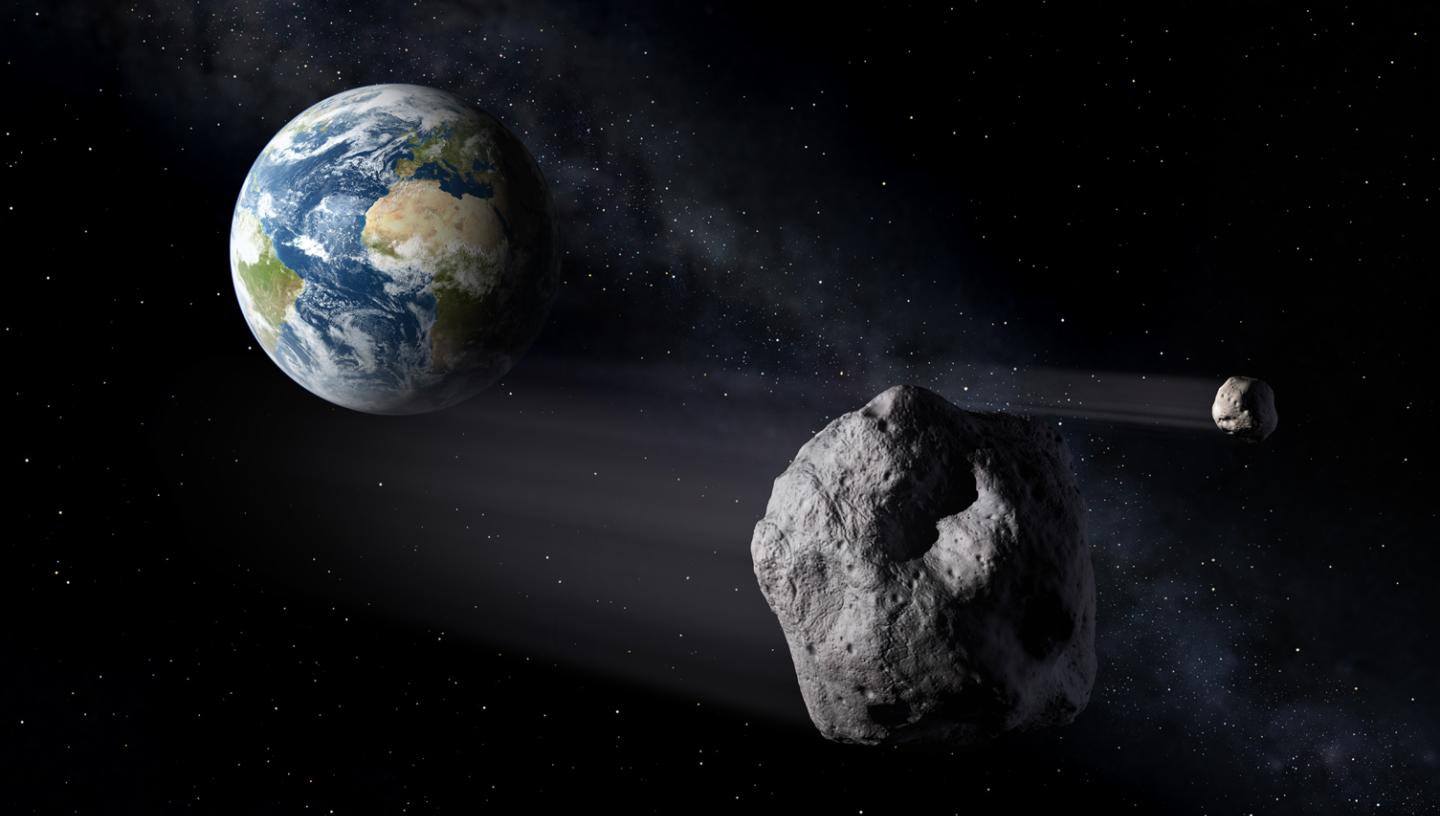
Near Earth Objects (NEOs) are asteroids and comets which have orbits passing near the Earth. They range in size from less than one to tens of kilometres across.
To be considered a NEO, an asteroid or comet must have an orbit that brings it to within around 45 million kilometres of the Earth’s orbit. Objects can enter intersecting orbits with Earth after experiencing gravitational perturbations from other planets.
Observing NEOs is difficult, as their apparent brightness reaches a peak before they pass near the Earth. This means that they are generally detected as their brightness is diminishing and the time when they can be observed is limited to a few weeks or less.
There are over 1.1 million asteroids known in our Solar System, with over 30,000 of these being NEOs. Despite the large number of them, the chance of a NEO striking the Earth is slim.
Although rare, NEOs are still a future threat, and the consequences of a bigger object hitting us could potentially be catastrophic for life on Earth.
Keeping track of Near Earth Objects and the likelihood of them making impact with Earth is therefore very important.
Planetary defence schemes currently ongoing include NASA's DART mission and NEO Observations Program, which sponsors telescopes to track NEOs and collect information on their orbits, sizes and shapes.
What happens next after NASA's DART impact?
In around 2026, the European Space Agency will examine both Dimorphos and Didymos through their Hera project, looking in particular at Dimorphos' true mass, and at the impact crater on Didymos from DART’s collision.
Notable Near Earth Object near misses
One of the closest recorded encounters between a natural object and the Earth took place in November 2020, when an asteroid named 2020 VT4 came as close as 383 km to the Earth's surface.
Another close encounter happened on 31 March 2004, when Meteoroid 2004 FU162 passed just 6500 km above the ground. 2004 FU162 is only 10m across, so if it had collided with the Earth it would almost certainly have exploded harmlessly in the upper atmosphere.
In May 1996, 1996 JA1 passed the Earth at a distance of 450,000 km - or about as far away as the Moon.
Do any NEOs currently pose a threat to Earth?
Few NEOs are likely to pose any threat in the foreseeable future.
Among them is the 390 m wide minor planet 2004 MN4 (Apophis), which will pass close to the Earth in 2029, 2035 and 2036.
It was previously thought to pose a risk of hitting Earth during the 2036 encounter, but this was ruled out in late 2021, with it not estimated to pose a risk for at least another hundred years.
The Tunguska Event
In the last century, one of the most dramatic collisions of an object with the Earth was the Tunguska event in Siberia in 1908 - an asteroid strike which exploded with the power of 185 Hiroshima bombs.
1287 square kilometres of forest was flattened, with 80,000,000 trees felled. The trees fell away from the blast centre, lying in a radial position.
The impact was heard up to 1000 km away, while seismic shockwaves were even registered as far away as England.
Estimates place the 220-million-pound asteroid entering Earth's atmosphere at around 53,903 kilometres per hour and heating to 24,704 degrees celsius before fragmenting into multiple balls of fire.
What would happen if an asteroid hit Earth?
Even a collision between a small object and a city could cause great damage. If an asteroid like 1996 JA1 hit the Earth at a typical velocity of 20 km per second, the energy released would be about the same as a 0.4-megaton nuclear weapon or 30 times the force of the bomb dropped on Hiroshima.
NASA’s Double Asteroid Redirection Test (DART)
NASA’s DART mission was a first-of-its-kind test to see if it is possible to change the course and speed of an asteroid using 'kinetic impact' - essentially, crashing into it at great speed.
The asteroid which was targeted is called Dimorphos, which orbits a larger asteroid named Didymos. Dimorphos measures 160 metres in diameter, while Didymos is larger at 780 metres.
DART launched in November 2021, and successfully impacted Dimorphos on 26 September 2022 at 7:14 EDT (00:14 BST), striking it at around 22,530 kilometers per hour.
Neither asteroid poses a threat to Earth, but were simply chosen as binary targets to test the asteroid redirection technology. The accuracy of computer simulations of kinetic impacts on asteroids was also tested during the mission.
Fifteen days before the impact, a miniature satellite with a camera (named LICIACube) ejected from DART in order to take independent photos of the collision.
However, the camera attached to DART, named DRACO, took live photos throughout, with photos arriving in real-time. Below are the images taken by DRACO, from first sight of Dimorphos to a split second before the collision.
